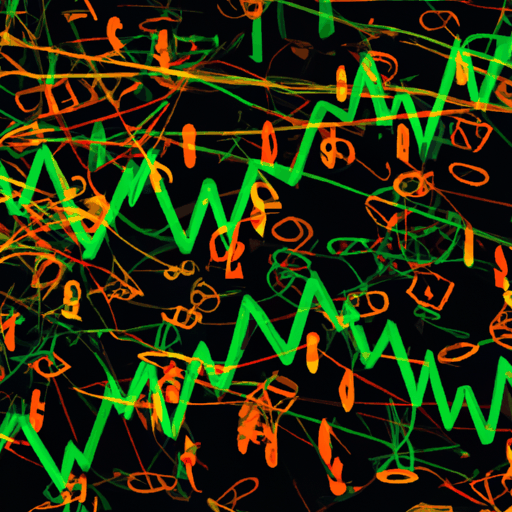
Solana ETFs Launched Amid Market Scrutiny
By: Eliza Bennet
The recent debut of Solana-focused Exchange-Traded Funds (ETFs) has captured significant attention in the cryptocurrency world, with the introduction of products like the Grayscale Solana Trust ETF (GSOL) on the New York Stock Exchange (NYSE) Arca. Despite this landmark event, Solana's (SOL) price remains below $200, prompting analysts to question why this news hasn't propelled the token to greater heights. The launch of these ETFs coincides with increased interest from asset managers to make digital assets a staple in modern investment portfolios, alongside traditional stocks and bonds.
Grayscale, a major player in the digital asset management sector, transitioned their Solana fund from a closed-end trust into a more accessible ETF format. This change is designed to facilitate easier access to SOL investments via regular brokerage accounts, while also offering staking rewards tied to the Solana network. This move positions Grayscale as one of the largest Solana exchange-traded product managers in the U.S., expanding their influence in the market.
Competition continues to ramp up as other firms like Bitwise and Canary also introduced Solana-focused ETFs this week. These developments reflect a broader trend of asset managers rolling out regulated crypto funds to provide investors with straightforward access to tokens without the complexity of direct custody. The U.S. Securities and Exchange Commission (SEC) has played a pivotal role by providing regulatory guidance that expedited the approval of these funds, amidst a temporary shutdown and furlough of SEC staff.
The potential for staking-enabled funds like GSOL offers more than just price exposure. According to Kristin Smith, president of the Solana Policy Institute, these funds allow participants to help secure the network, support developer initiatives, and earn rewards. However, operational details such as fee structures, the validators engaged, and the distribution of staking rewards remain under scrutiny. Such details are crucial for investors comparing the net returns and considering the risk factors involved, alongside simplifying access through platforms like NYSE Arca.
Despite the promising introduction of Solana ETFs, SOL's current pricing dynamics appear to mirror the pattern observed with Ethereum spot ETFs, where initial investor exuberance did not immediately translate into higher market prices. Market watchers continue to monitor these products to assess their impact on both Solana's valuation and the broader crypto market appeal.



